On September 10, 2025, Charlie Kirk, the founder of Turning Point USA, was preparing to debate the issue of mass shootings at Utah Valley University. Moments after taking the stage, he was shot and later died from his injuries.
The incident was shocking, not only because of the violence itself, but because it unfolded in front of an audience and across the national spotlight. In the days that followed, people reacted with grief, anger, and debate. But for those of us who work in HR and leadership, it also raised practical questions: How do organizations prepare for crisis? What happens when a high-profile leader is suddenly gone? And how do teams recover, rebuild, and carry forward?
Here are some lessons worth reflecting on—not political ones, but organizational ones:
1. Public Leadership Comes with Risk
When someone takes on a visible leadership role, they take on a certain level of vulnerability. Public speaking, live debates, and high-stakes conversations all carry risks.
HR takeaway: Safety planning can’t be an afterthought. Security measures, event risk assessments, and crisis response training should sit alongside traditional reputational and financial risk management.
2. Succession Planning Is Not Optional
In the wake of Kirk’s death, his organization quickly named a successor. While the circumstances were tragic, the response demonstrated that a plan was in place.
HR takeaway: Every organization—large or small—needs a clear succession plan. Leaders won’t always be there, and HR’s job is to make sure transitions don’t leave the team or the mission directionless.
3. When Leaders Become Symbols
The sudden loss of a leader changes how they are remembered and how their organization is viewed. For supporters, it can strengthen attachment. For others, it can intensify division.
HR takeaway: Leaders represent more than strategy; they personify values. Organizations need to think about how to preserve culture and mission beyond a single personality.
4. Culture and Healing Matter Most After Crisis
When tragedy strikes, people look for reassurance. Employees, volunteers, and community members pay close attention to how leaders and HR respond—through communication, empathy, and support.
HR takeaway: Provide space for grief, counseling, and open dialogue. Culture is tested most in the hardest moments.
5. The Weight of Leadership Speech
Kirk was a controversial figure, and his rhetoric often drew strong reactions. His death was reportedly politically motivated. Whether people agreed or disagreed with him, it’s clear that words carry real influence.
HR takeaway: Leaders need guidance on how they communicate—especially in polarized times. HR can play a role by supporting training on ethical communication, conflict management, and responsible use of influence.
6. Crisis Creates Momentum—For Better or Worse
After Kirk’s death, support for his organization increased significantly. Tragedy often accelerates change, sometimes in ways organizations struggle to manage.
HR takeaway: Crises can become turning points. Leaders must balance honoring the moment with maintaining long-term focus, rather than making reactive decisions fueled only by emotion.
Key Questions for HR Professionals
Events like this one raise important questions:
- Do we have security and crisis plans in place for public-facing leaders and events?
- Is there a real, actionable succession plan for senior leadership?
- How do we communicate quickly and compassionately during a crisis?
- Are support systems in place for staff and stakeholders to process trauma?
- How are leaders being prepared for the impact of their words in today’s environment?
- How do we carry forward a mission without over-reliance on one individual?
Final Thought
When a leader’s voice is suddenly silenced, what happens next becomes the real test of leadership. For HR professionals, this isn’t about politics—it’s about preparedness, resilience, and care for people.
The tragedy at Utah Valley University is a reminder that leadership is fragile. What matters most is how organizations protect their people, carry their culture forward, and lead through the hardest of moments.






Related Posts
When Your Team Doesn’t Have Your Back (Even After You’ve Had Theirs)
Oct 06, 2025
The Boss You Don’t Want to Be (and How to Survive One If You Have One)
Oct 03, 2025
The Secret Superpower Your Coworkers Can’t Resist: Kindness
Oct 02, 2025